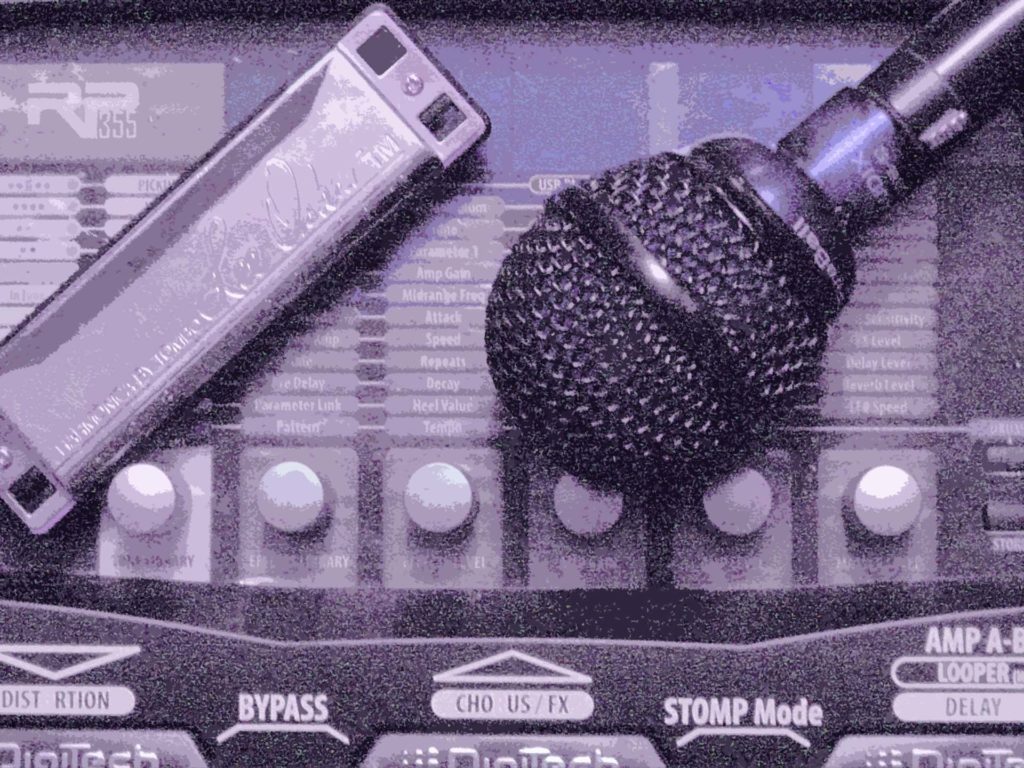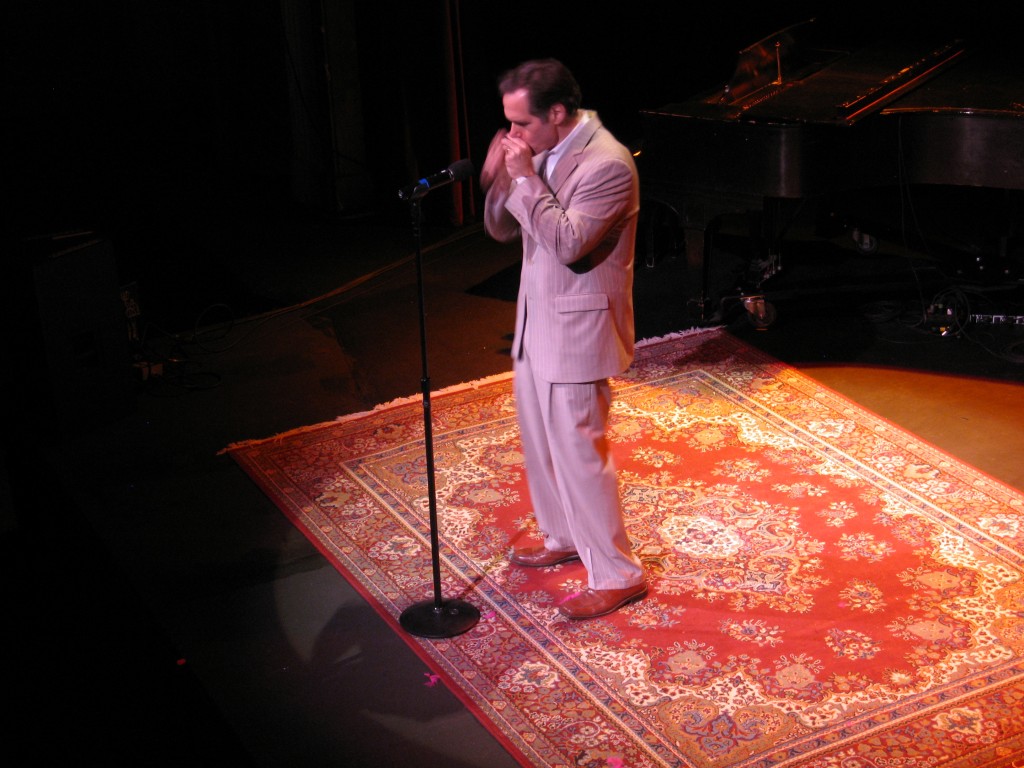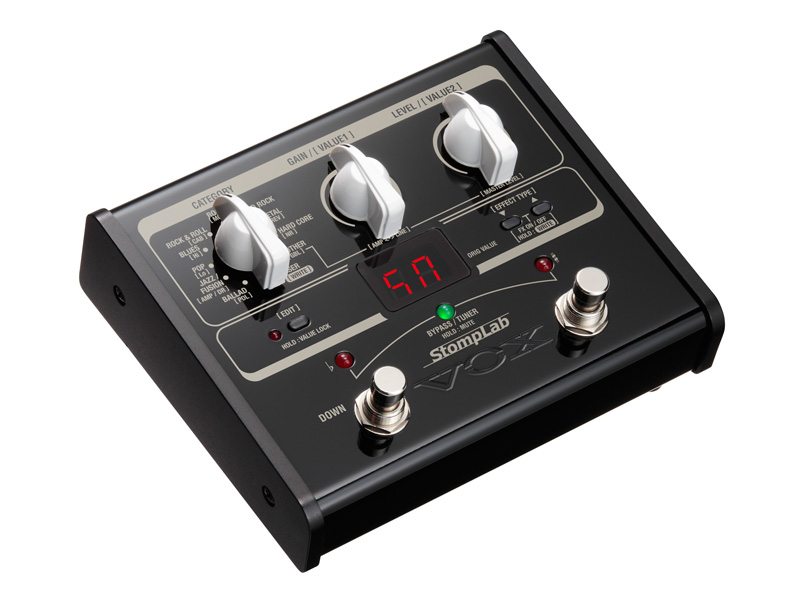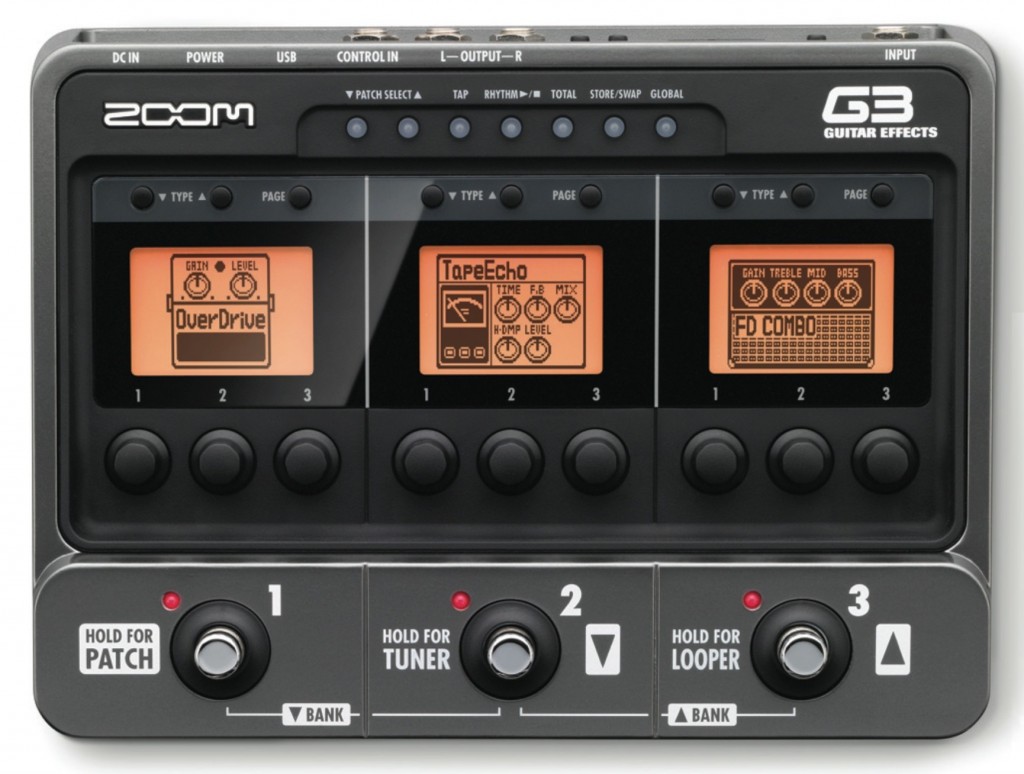Songsimian.com posts their review of the 4 best (in their opinion) amp modelers
Songsimian.com just posted a review of 4 top amp modelers, one of which is our own favorite, the Digitech RP500. That’s the one we used for every harp track on our record “The Lucky One;” check out the player above to hear what it sounds…
Hot Jams at Ain’t Nothin’ But the Blues
I was in London Sunday through Tuesday at Gartner’s Project Portfolio Management and IT Governance Conference, and as usual I made a point to get to either the Sunday or Monday jam session at Ain’t Nothin’ But The Blues. The Monday night jam in particular,…
Gear Review: Low Priced Amp Modeling: the Vox Stomplab IG
The Vox Stomplab IG is a full-blown multiFX device that includes amp modeling, dynamics processing, a range of FX, delay, and reverb, all in a two-button stompbox design that runs on 4 AA batteries and sells new for under $70. I’ve had good experiences with…
Zoom G3 Tip #1: Set the Input to PASSIVE!
There’s a button on the back of your G3 in the INPUT section (far left when you look at the back of the G3) marked “Active” and “Passive.” MAKE SURE THIS BUTTON IS SET TO “PASSIVE” BEFORE YOU PLUG THE G3 INTO YOUR AMP OR…
Video of the Day 16 March 2015: Boris Plotnikov’s rig at work with Michail Bashakov
Big Sounds Looped and Unlooped: Zoom G3 and Digitech RP500 Combined
I’ve been jamming with my new rig, and as usual I’m recording those jams. The new rig lets me get big tones in two different ways: first, I can combine the amp modelers and the iStomp running SwingShift to get big textures with lots of…
The Zoom G3 Patch Set Is Here! Now!
Find out all about it here.
The Latest Floor Setup
My rig is always in flux; I’m always trying a new piece here or there. Over time my rig tends to spread, like kudzu, taking up more space on the floor and more time to set up and tear down.
“Keepers of the Streak” Is Totally Cool, Whether or Not You’re All About Football
As readers of my blog know, just before the end of 2014, I did a couple of recording sessions for an ESPN documentary called “Keepers of the Streak.†To my surprise, the show, which I watched last night from start to finish, turned out to…
Why We Make Big Cool Sounds for Harp Players: History is On Our Side
There was a recent discussion on Harp-L of FX, which I found revealing of all sorts of things. It’s chronicled here, and be warned: gotta lotta words. (The boldface emphases I put on certain lines in that discussion were added by me, and were not…
WHAT’S NEW
Categories
- Audio/Video
- Blog
- Blue Future
- Digitech RP Tricks and Tips
- Discography, CDs, Projects, Info, Notes
- Featured Video
- For the Beginner
- Gallery
- Hunter's Effects
- Hunter's Music
- Huntersounds for Fender Mustang
- Meet the Pros
- More Video
- MPH: Maw/Preston/Hunter
- My Three Big Contributions
- Player's Resources
- Pro Tips & Techniques
- Recommended Artists & Recordings
- Recommended Gear
- Recorded Performances
- Reviews, Interviews, Testimonials
- The Lucky One
- Uncategorized
- Upcoming Performances
- Zoom G3 Tips and Tricks



